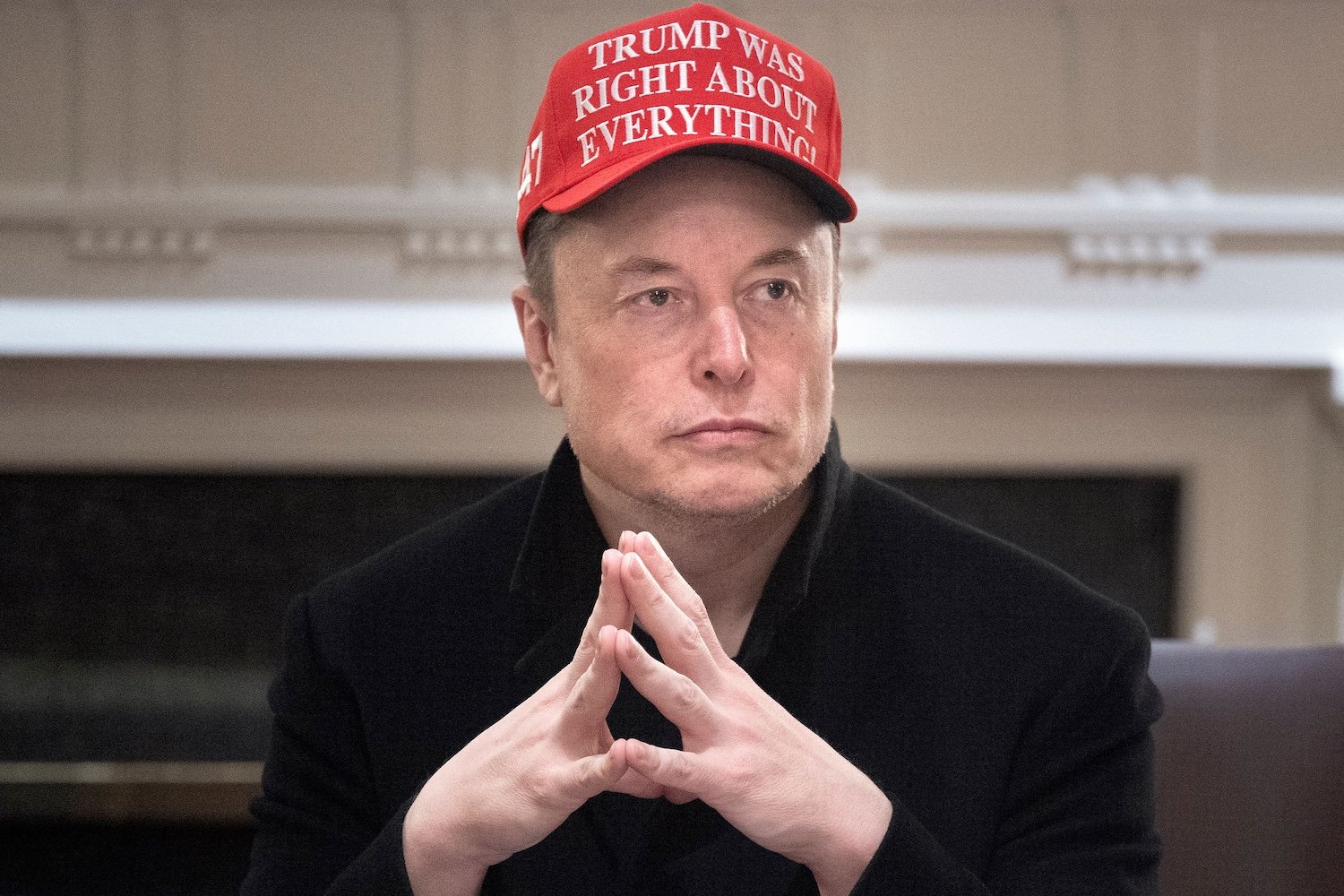OpenAI has announced a monumental $6.5 billion commitment to team up with Jony Ive and his discreet AI device design company. Ive, renowned for his instrumental role in iconic products like the iMac and iPhone, is set to lead the creators of ChatGPT in developing not just an enhanced chatbot, but a product envisioned to “reimagine” personal computing. This collaboration between Ive and OpenAI CEO Sam Altman raises hopes for a solution to our pervasive screen addiction, though skepticism lingers about whether it might culminate in another product like the ill-fated Humane Pin. This OpenAI Jony Ive AI device initiative marks a significant new chapter for both entities.
Forging a New Frontier: The Details of the OpenAI-Ive Alliance
Sam Altman and Jony Ive recently unveiled their ambitious partnership. Ive’s company, LoveFrom, which includes other prominent figures from the tech design world such as former lead iPhone designer Tang Tan, had already been collaborating with Altman on this AI device. The new arrangement formalizes this relationship, with Ive and other Apple alumni becoming deeply integrated into OpenAI’s software and hardware development. While LoveFrom operates as an independent partner on this project, Ive’s distinct company, “io,” will work directly with OpenAI.
In an announcement video posted to X, Altman stated their joint venture was “formed with the mission of figuring out how to create a family of devices that would let people use AI to create all sorts of wonderful things.” Ive, for his part, highlighted that current device design has remained largely stagnant for over a decade, suggesting a need for radical innovation.
The Enigmatic AI Device: Glimpses and Grand Ambitions
Despite the high-profile announcement, Jony Ive has remained tight-lipped about the specifics of the new AI device—its appearance, functionality, or how it has, in his words, “captured our imagination.” What is known is that a device exists and is portable, as Altman confirmed he has used an early prototype. However, further details are being kept confidential until an unspecified future date. Anonymous sources cited by The Wall Street Journal suggest that the creators aim to “move consumers beyond screens.”
According to Bloomberg, OpenAI, under this new tech alliance, has indicated that the device may not initially replace smartphones. The focus appears to be on creating a novel category of AI-centric hardware.
 Sam Altman, CEO of OpenAI, and designer Jony Ive, collaborating on new AI hardware.
Sam Altman, CEO of OpenAI, and designer Jony Ive, collaborating on new AI hardware.
Ive’s Design Mandate: Reshaping OpenAI’s Ecosystem
Beyond the specific AI device, Jony Ive’s team is slated to “take over” all other design aspects at OpenAI. This includes influencing the ongoing development of ChatGPT. The involvement of these seasoned designers could potentially steer the chatbot’s evolution beyond its current perception, which sometimes includes being seen merely as a tool for students to bypass learning. The ambition is to integrate sophisticated design thinking into all of OpenAI’s offerings.
Navigating the AI Hardware Minefield: Lessons from Humane and Rabbit
The prospect of new AI hardware inevitably brings to mind the recent wave of AI wearables, most notably the Humane AI Pin. That device, which promised chatbot connectivity and task management, was plagued with issues and sold poorly, leading Humane to sell itself to HP for a small fraction of its initial $850 million valuation.
In an interview with Bloomberg, Ive bluntly characterized both the Humane Ai Pin and another AI-focused gadget, the Rabbit R1, as “very poor products.” He further commented on “an absence of new ways of thinking expressed in products.” Without tangible product details from the OpenAI-Ive venture, potential users must currently rely on Ive’s reputation and vision.
Jony Ive’s Philosophy: A Critique of Screen Saturation
Jony Ive’s involvement also brings his well-documented perspectives on technology’s role in society. In a past interview with Stripe CEO Patrick Collison, Ive, who collaborated closely with Steve Jobs on the original iPhone, expressed concerns about the screen-obsessed world he helped create. He has been critical of social media’s societal impact, and his influence might steer OpenAI away from ventures like its rumored Twitter clone, encouraging a more thoughtful approach to product development.
Conclusion
The partnership between OpenAI and Jony Ive represents a bold, multi-billion-dollar gamble on the future of personal technology and AI interaction. The ambition to create a new family of AI devices that could move us beyond screens is immense, but so are the challenges, especially given the difficult history of AI-specific hardware. While the collaboration holds the promise of groundbreaking innovation, the tech world watches with cautious optimism, hoping for truly transformative products rather than another overhyped gadget. The true test will be whether this venture can deliver on its grand vision and genuinely redefine our relationship with artificial intelligence.











